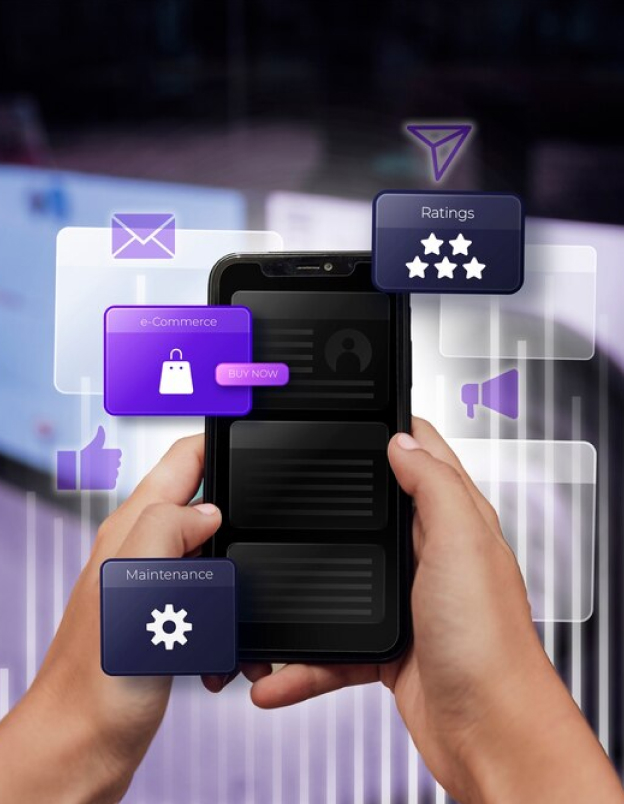
The rise of low-code and no-code platforms has transformed the software development industry by enabling users with minimal or no coding experience to build applications quickly and efficiently. These platforms democratize app development, allowing even non-technical individuals, like small business owners and startups, to create applications without relying heavily on professional developers. This shift has not only reduced the time it takes to bring an idea to market but also significantly cut costs, making software development more accessible to a broader audience.
Low-code platforms, such as Mendix and Microsoft PowerApps, offer tools that reduce the need for extensive coding, while no-code platforms like Bubble and FlutterFlow are designed for complete beginners, enabling them to build apps using visual interfaces and templates. This ease of use allows businesses to respond more rapidly to market changes and frees up resources that would otherwise be spent on hiring specialized developers. The result is a faster, more cost-effective development process that opens the door to innovation for those with limited technical skills.
Despite these advantages, low-code and no-code platforms are not expected to replace traditional coding entirely. Instead, they complement traditional development methods, particularly in scenarios where speed and simplicity are key. While low-code and no-code platforms excel at automating workflows and creating internal business applications, traditional coding remains essential for more complex and large-scale projects. As these platforms continue to evolve, a hybrid approach that combines both low-code/no-code tools and traditional coding will likely become more common, allowing each to serve its unique role in the software development landscape.
Get connected to our insights